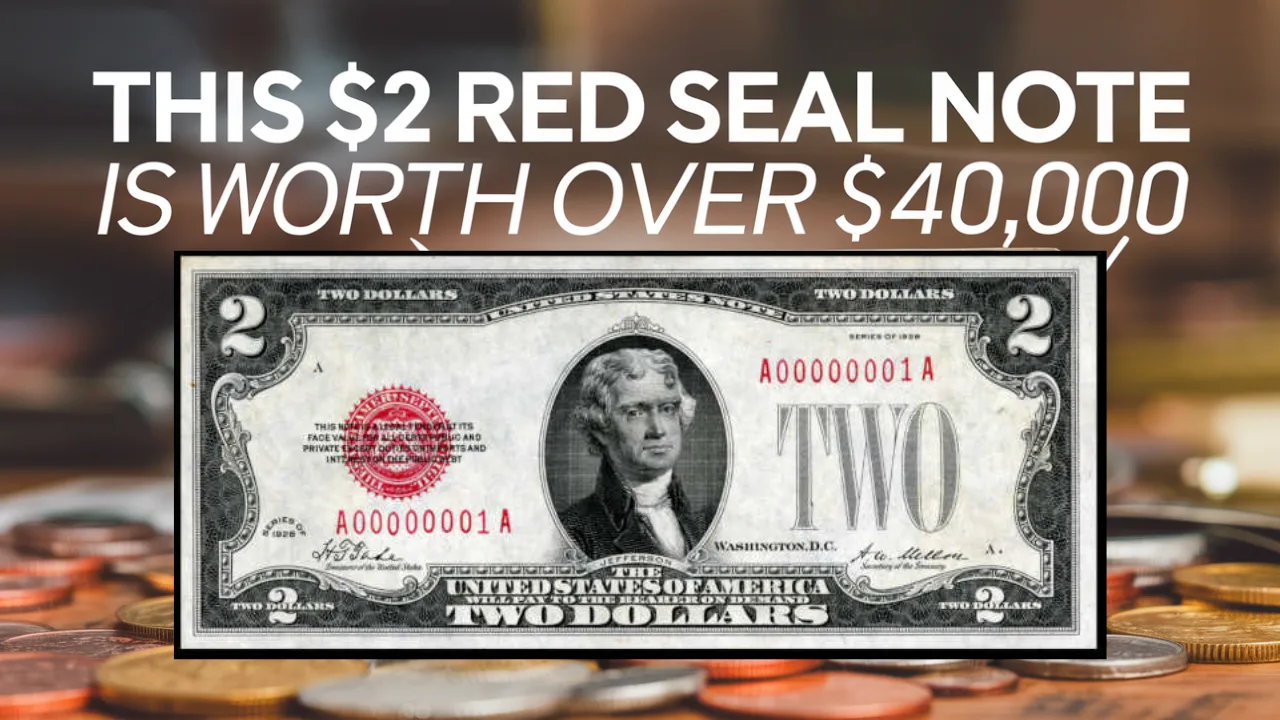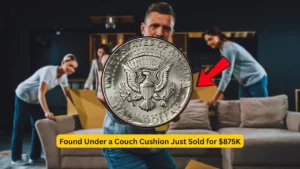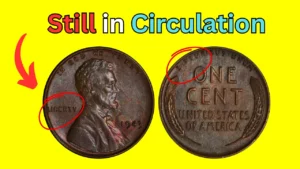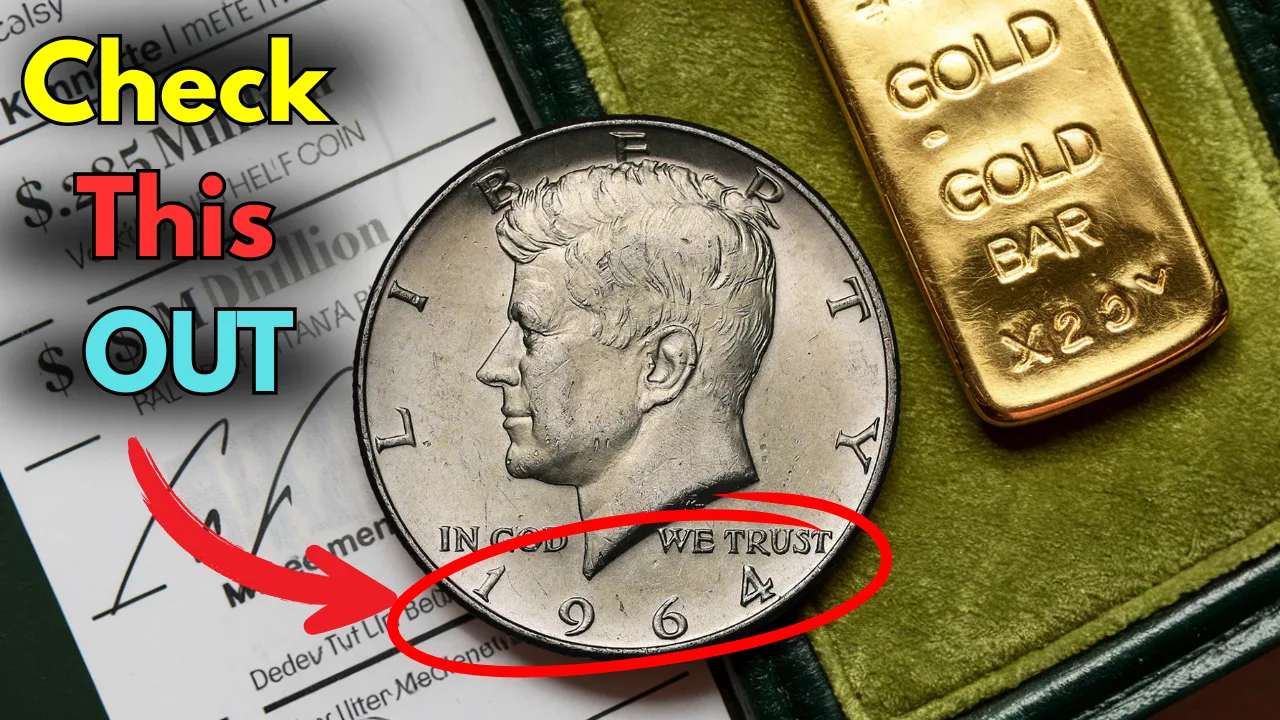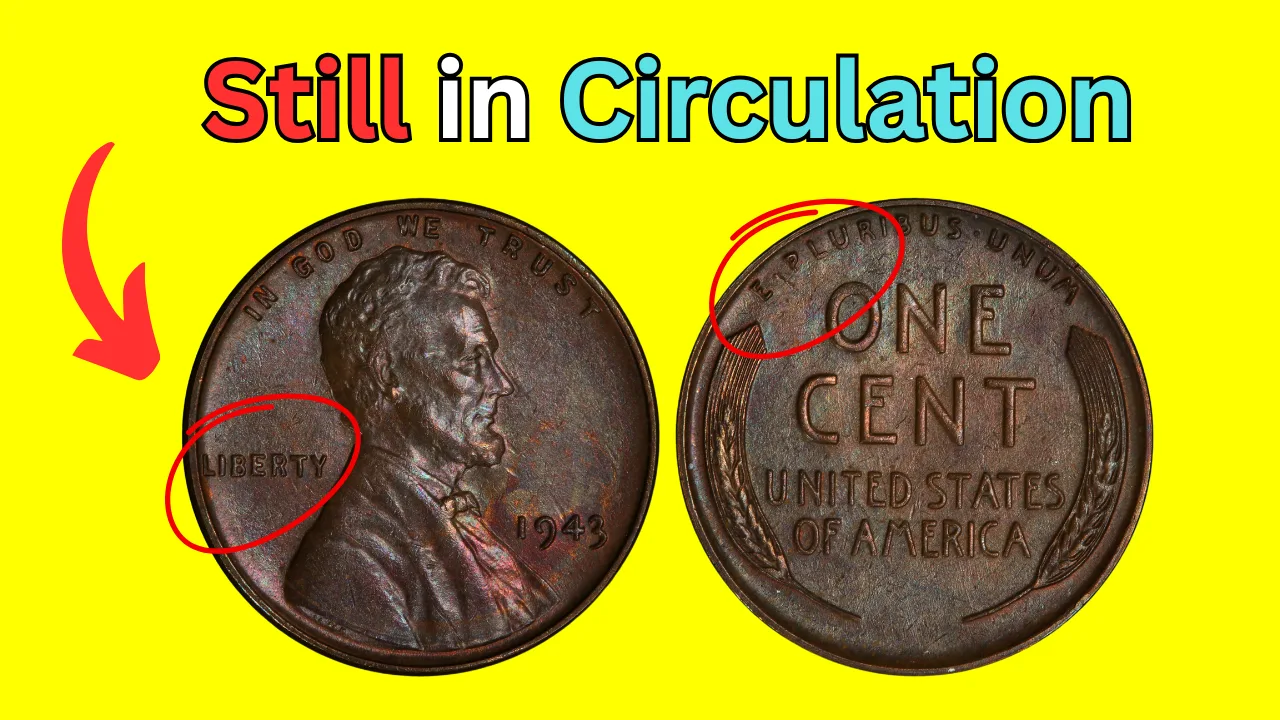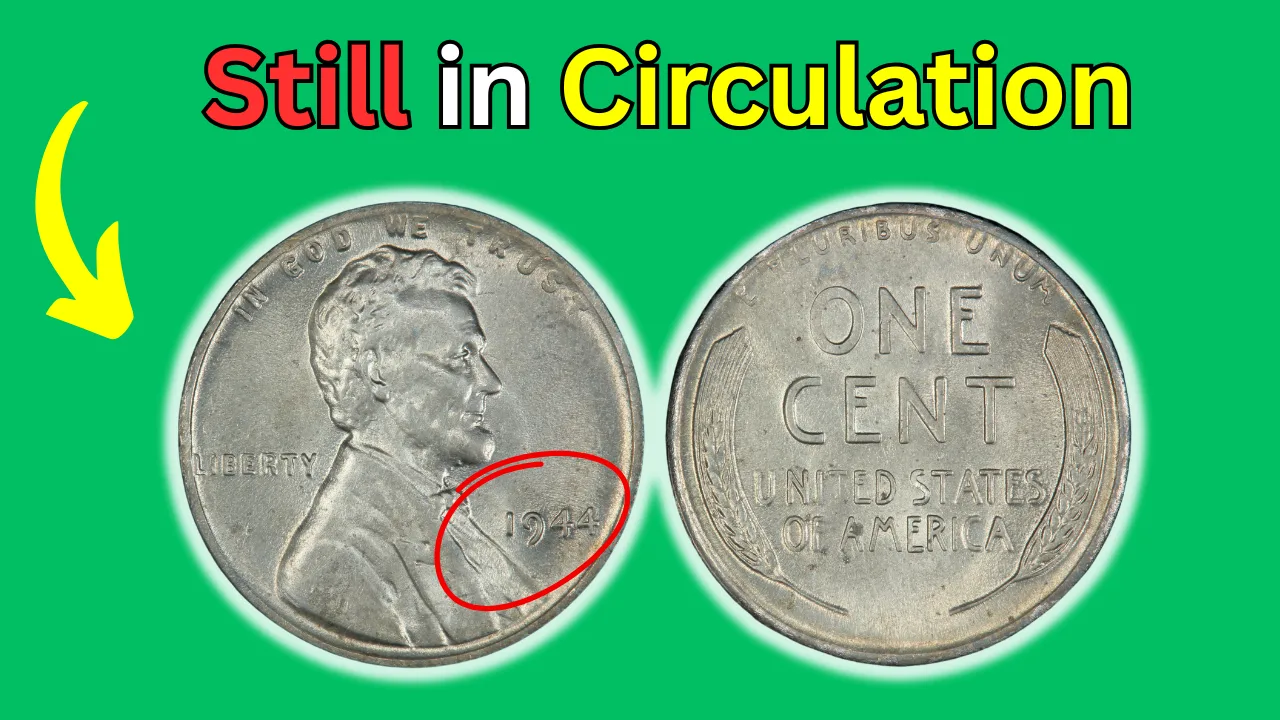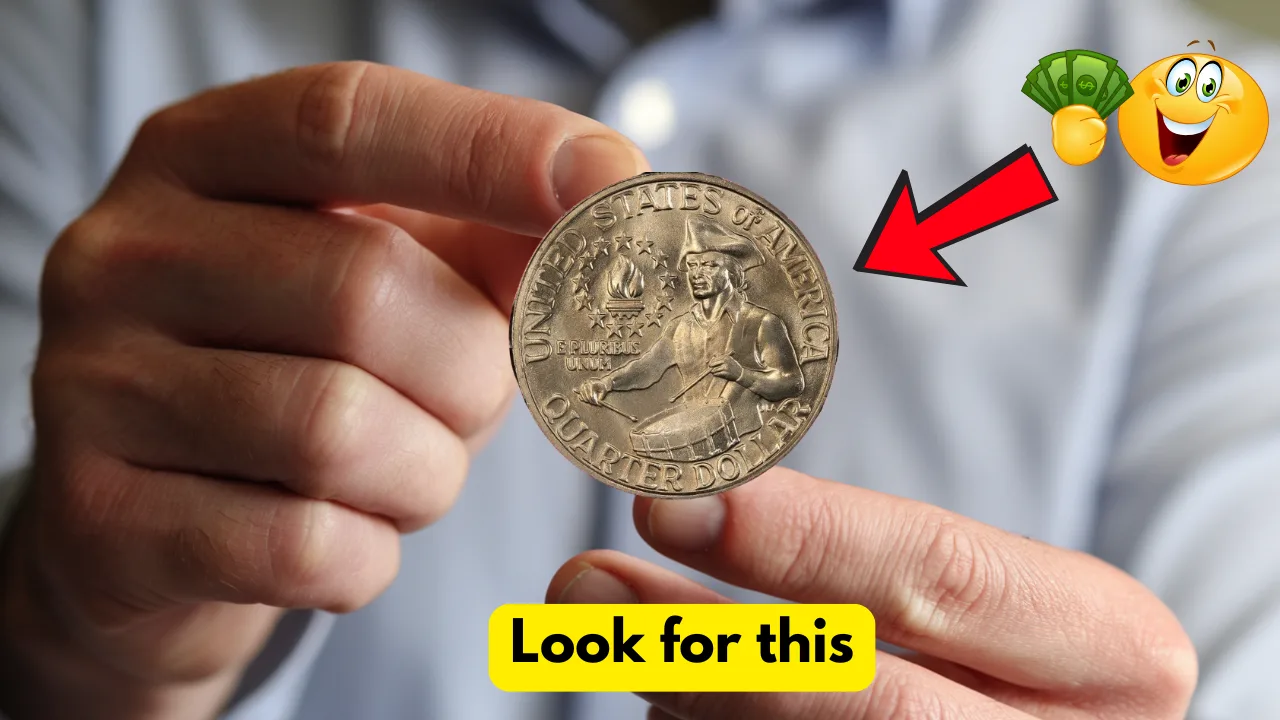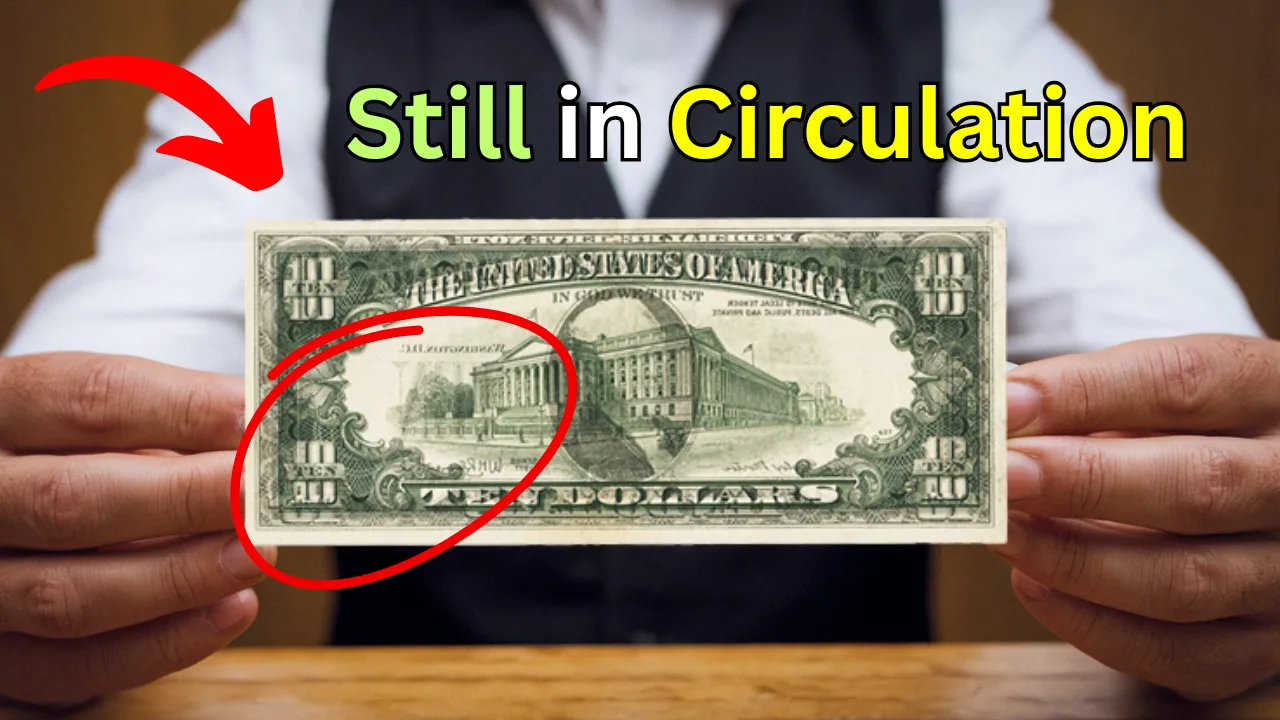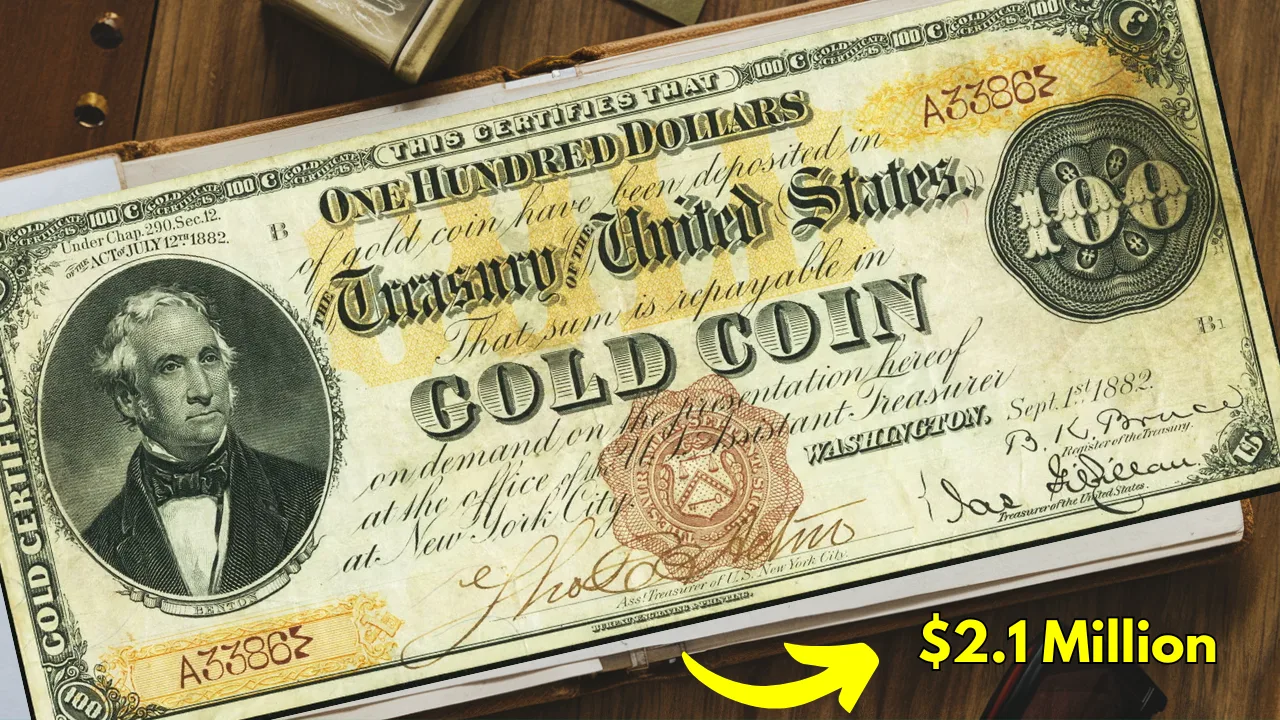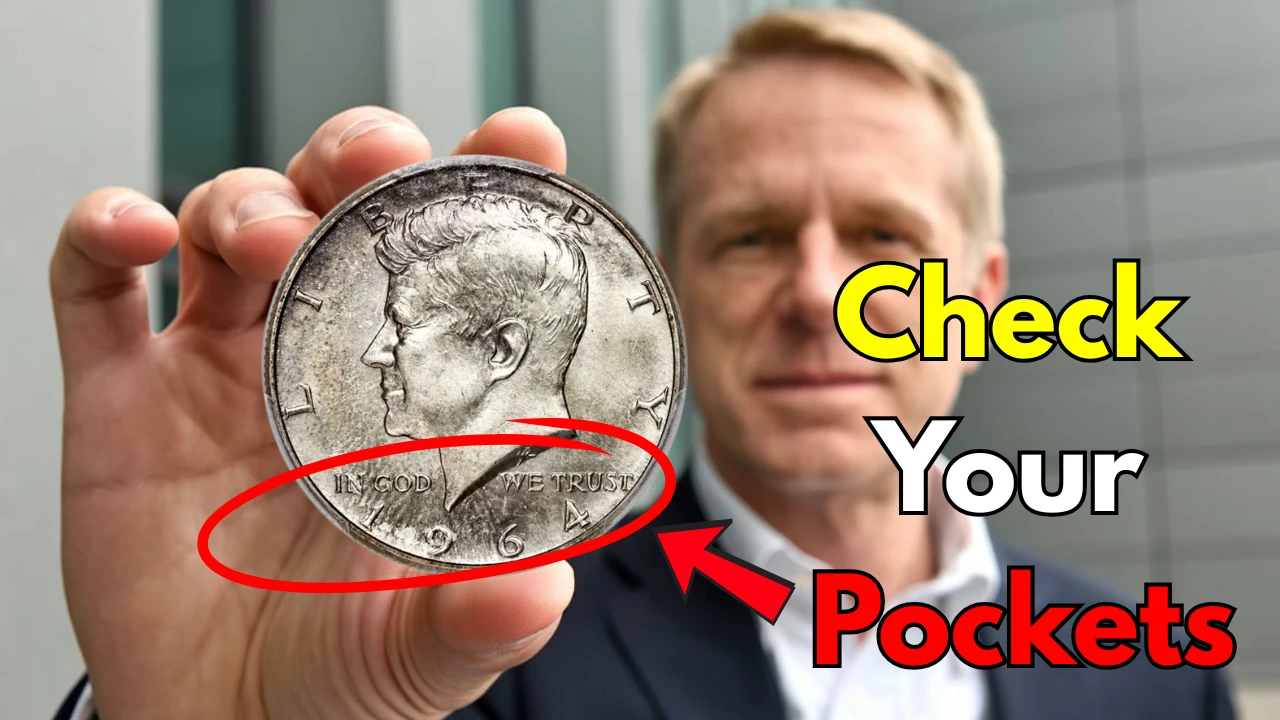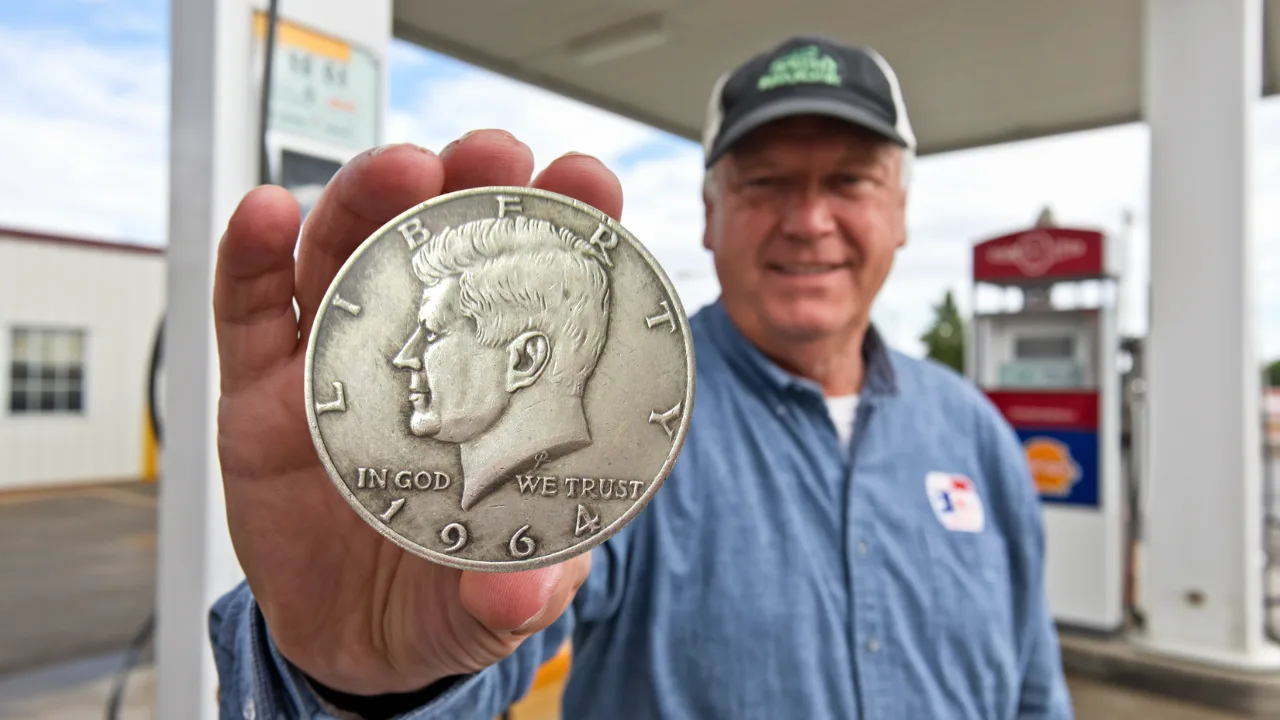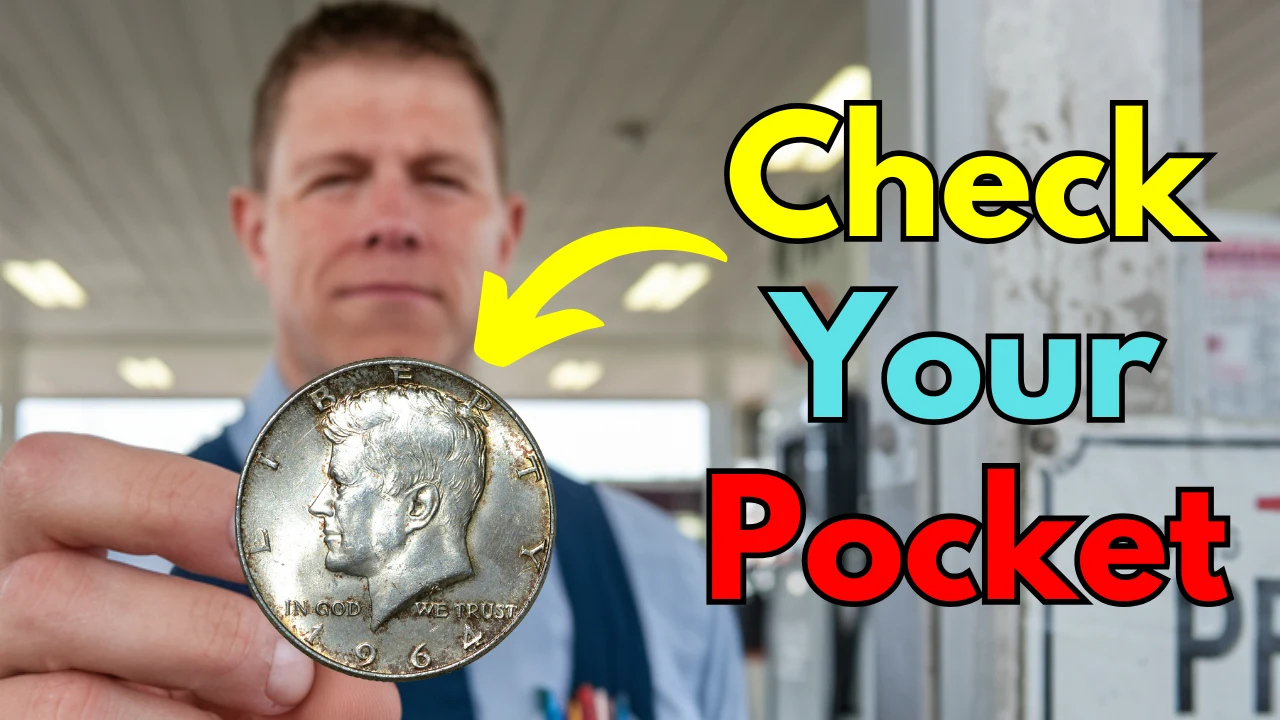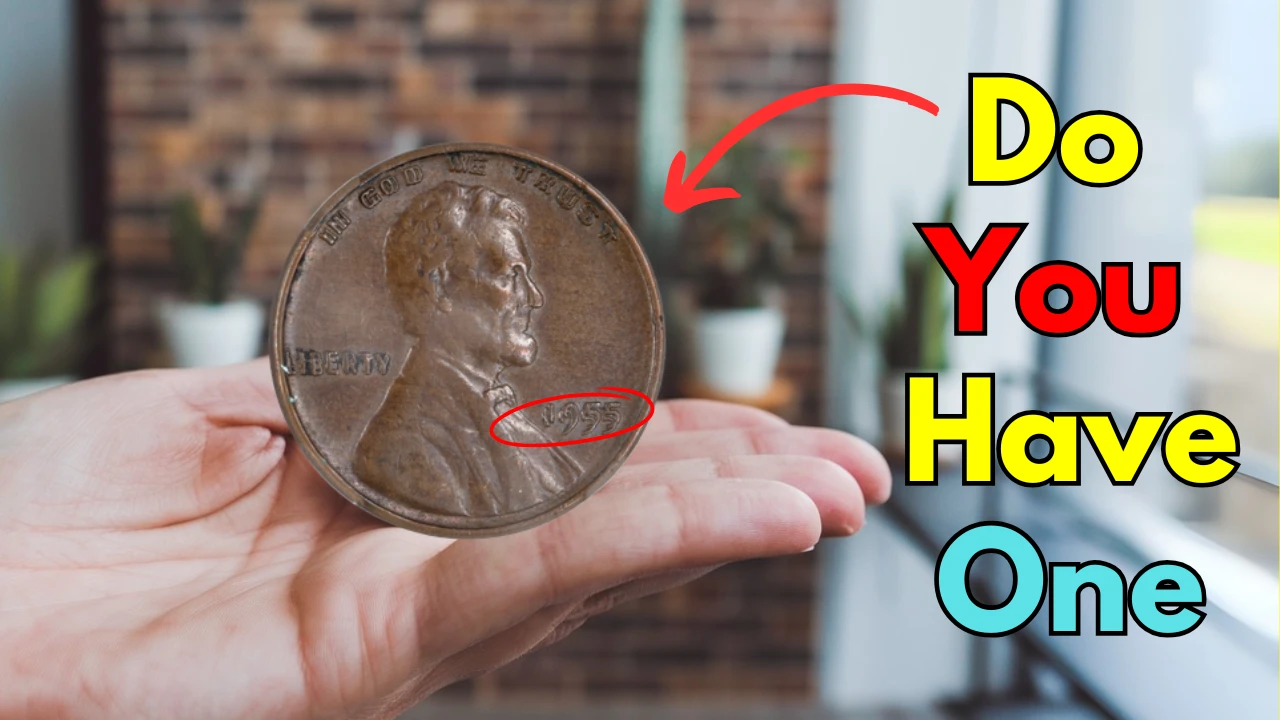In a surprising twist of currency history, a simple $2 bill — often overlooked or forgotten in wallets and drawers — has turned into a rare collector’s gem. A specific version of the $2 Red Seal Note has been reported to sell for over $40,000, sparking renewed curiosity about paper money that may still be floating around in everyday circulation.
What’s So Special About the Red Seal $2 Note?
The $2 Red Seal Note was part of the United States’ Legal Tender Notes series, first issued in 1928 and used well into the 1960s. Unlike modern Federal Reserve Notes, these bills feature a striking red treasury seal and red serial numbers, which set them apart from the green-sealed currency most Americans are familiar with today.
What collectors really value are the rare printing runs, error variants, and pristine conditions. A regular 1963 $2 Red Seal in circulated condition might fetch just a few dollars over face value. But when a note is found in uncirculated condition, with an unusual serial number or rare printing anomaly — like a misalignment or doubled print — it can become a prize worth thousands.
The $40,000 Surprise
Recently, a specific uncirculated 1928B $2 Red Seal Note sold at a private auction for over $40,000. The note featured a rare serial number beginning with “00000001,” combined with a mint-condition grade and historical significance.
While this particular example is an extreme case, it’s a powerful reminder of how historical paper currency can turn into a valuable asset, especially if it has been well preserved. Collectors value notes based on scarcity, age, serial number patterns, and condition — and some are willing to pay astonishing premiums for the right piece.
Could You Be Holding One?
The real intrigue is that these notes are technically still legal tender and some even remain in circulation. They occasionally show up in bank withdrawals, estate sales, or tucked inside old books. A casual glance might miss their potential — but for the informed eye, these bills could spell fortune.
If you stumble upon a $2 Red Seal Note, especially one from the 1928, 1953, or 1963 series, it’s worth taking a closer look. Notes with fancy serial numbers — such as repeating digits, palindromes, or star notes — can command significantly higher value.
Why $2 Bills Often Go Unnoticed
Part of the reason these notes are still circulating is that $2 bills, in general, are rare in use. Although modern $2 bills are still printed by the Bureau of Engraving and Printing, they are not commonly requested by banks or used in daily transactions. That rarity in use adds to the mystique — and sometimes confusion — surrounding them.
Many people assume $2 bills are obsolete or fake, often unaware that older versions with red seals may be collectible items. Some are handed out as gifts, saved as keepsakes, or forgotten in storage — which means there could be thousands of dollars’ worth of currency hiding in plain sight.
FAQ’s
Q1. Are $2 Red Seal Notes still legal tender?
Yes, all $2 Red Seal Notes remain legal tender and can technically be used for purchases. However, due to their collectible value, it is not advisable to spend them.
Q2. How can I tell if my $2 Red Seal Note is valuable?
Check for the year (1928, 1953, 1963), condition (uncirculated is best), and unique serial numbers (like “00000001” or star notes). Consulting a currency expert or appraiser is also recommended.
Q3. What does a “star note” mean on a $2 bill?
A star note replaces a misprinted note and is printed in smaller quantities. These can be much more valuable to collectors, especially in uncirculated condition.
Q4. Can I still get $2 bills from the bank?
Yes, but they are not always readily available. Some banks carry them upon request, and the modern ones will feature green seals, not red.
Q5. How do I safely store a valuable $2 note?
Use acid-free currency holders or protective sleeves. Avoid folding or exposing it to sunlight or moisture to preserve its condition.


